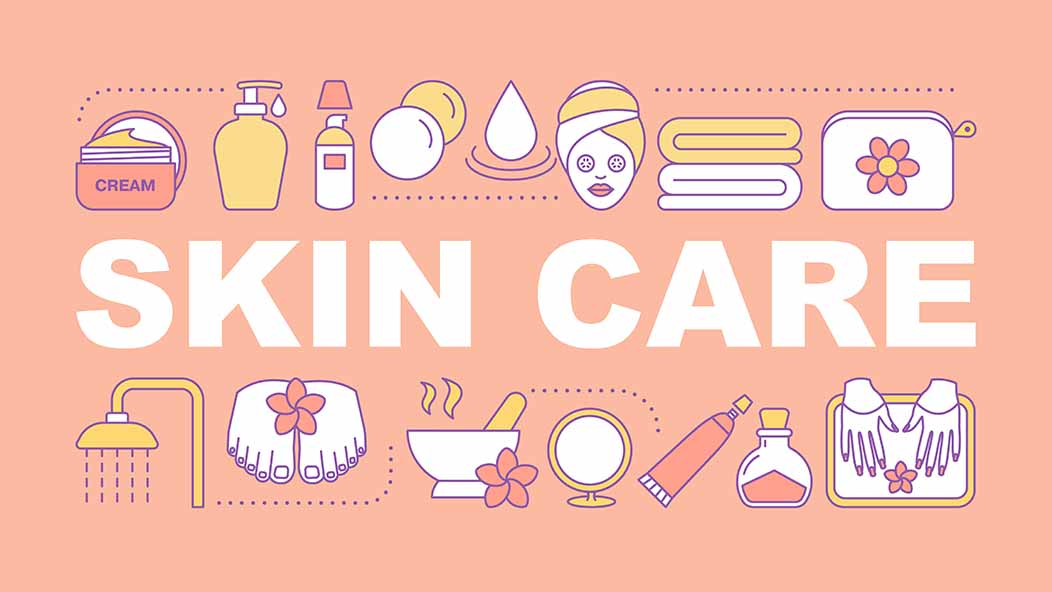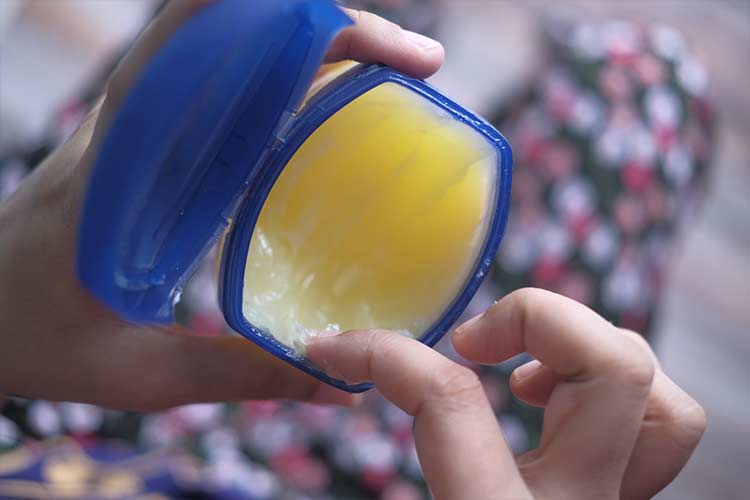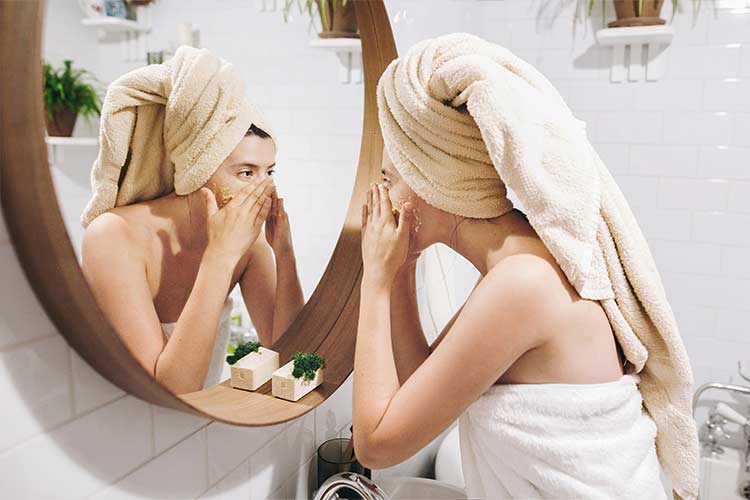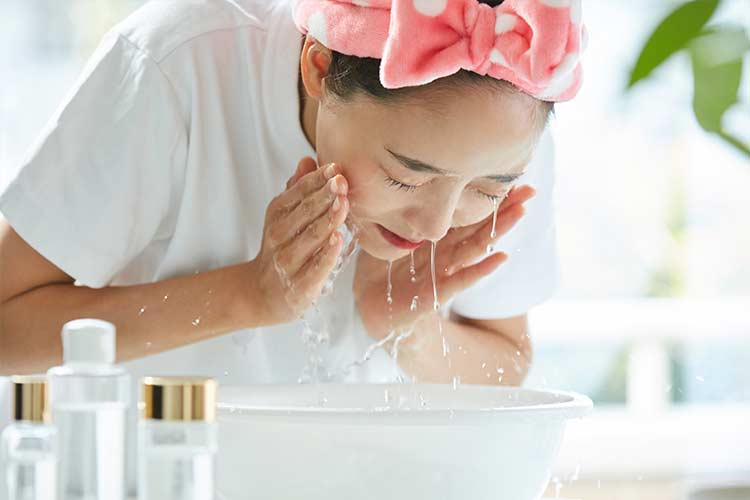Join Our eNewsletter!
Subscribe to our monthly newsletter to receive encouraging advice to help you lead a healthy lifestyle.

Is 'Slugging' Good for Your Skin?
If you follow social media, particularly TikTok, you may have heard about the latest skincare regime known as slugging. You may have also heard that it gives your skin a healthy glow and prevents wrinkles.
As it turns out, the concept of slugging has been around for a while. It just recently adopted a catchy name that has helped it go viral.
Slugging is the application of an emollient, such as petroleum jelly, on your face before bedtime. For some skin types, it may be beneficial.

What Are the Advantages of Slugging?
When applied consistently and on the appropriate skin types, slugging may provide several benefits, especially if you have eczema or dry skin. It can also soothe chapped skin in cold weather.
Petroleum jelly hydrates the outermost layer of skin by serving as a moisturizer, making your skin more pliable and elastic. It also protects the skin, acting as a barrier to lock in water and block harmful molecules that can irritate or cause an inflammatory reaction. Finally, slugging can help the skin repair itself if it's damaged and dehydrated.
As we age, our skin barrier can no longer repair itself, leading to fine lines, saggy skin, or wrinkles. While slugging can’t prevent these conditions, it may help reduce their appearance.

Slugging Isn’t for Everyone
While slugging can be beneficial, it’s not for every skin type. Slathering on petroleum jelly could lead to clogged pores due to an accumulation of excess oil and bacteria. If you’re prone to acne, slugging could worsen oily skin and cause more breakouts. The best product for people with this skin type is a serum containing hyaluronic acid and then a noncomedogenic lotion or cream (specially formulated to not block pores).
You also may want to avoid slugging if you have any active infections on your face, as doing so may delay the healing process.

It’s Easy to Add to Your Skin Care Routine
The process of slugging is pretty straightforward.
First and most importantly, start with clean skin. Cleanse, exfoliate, and moisturize before applying petroleum jelly. Steer clear of products that include beta hydroxy acids and retinoids, which, when trapped under the layer of petroleum jelly, can potentially irritate your skin.
Next, apply a small amount of petroleum jelly. You don't need much – a tiny amount will do. I recommend choosing a brand that has minimal ingredients. Apply a thin layer on your face, concentrating on the driest and thinnest parts of your face, such as your eyelids and lips.
After rubbing in the petroleum jelly, wait about 30 minutes before going to bed. This allows time for it to penetrate your skin and gain the greatest benefit. In the morning, wash your face with a gentle cleanser to remove dead skin cells, oils, and bacteria.

Check With Your Dermatologist
Before you start incorporating slugging or another skin care trend into your everyday routine, it’s best to consult with your dermatologist.
Meet Our Team
Our Dermatology specialists provide services for women, men, and children at several Kelsey-Seybold Clinic locations throughout the Houston area, so you’re never far from getting treatment for your skincare issues.








